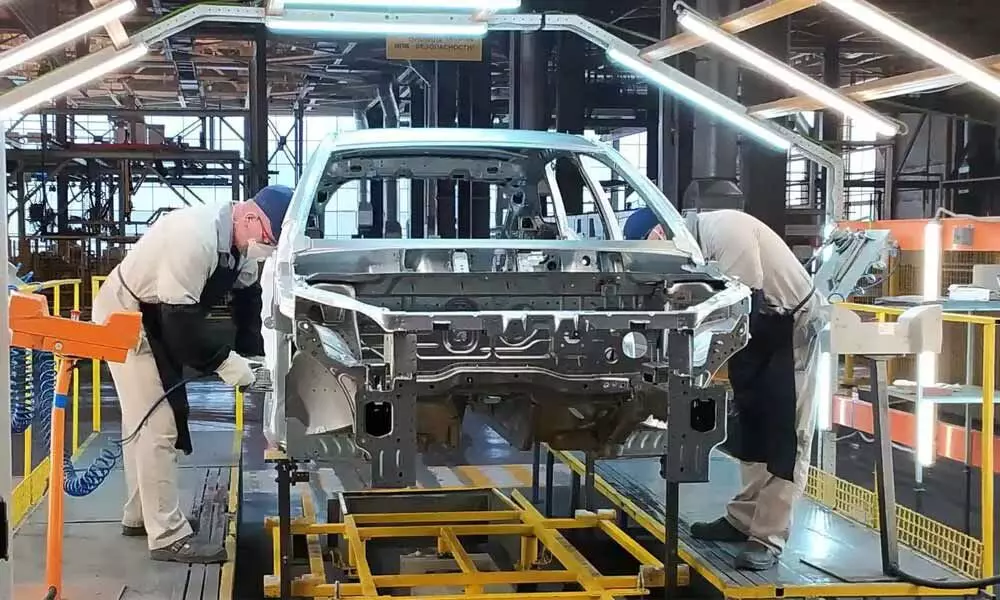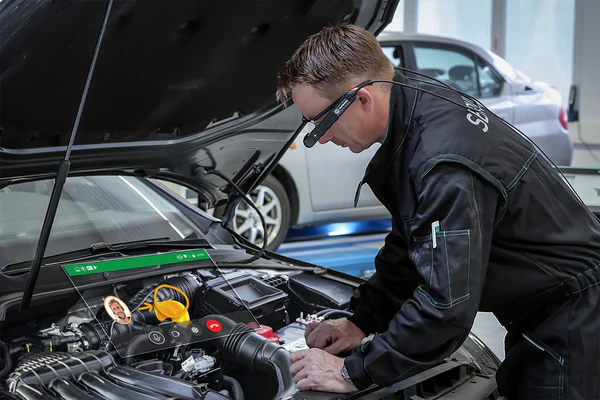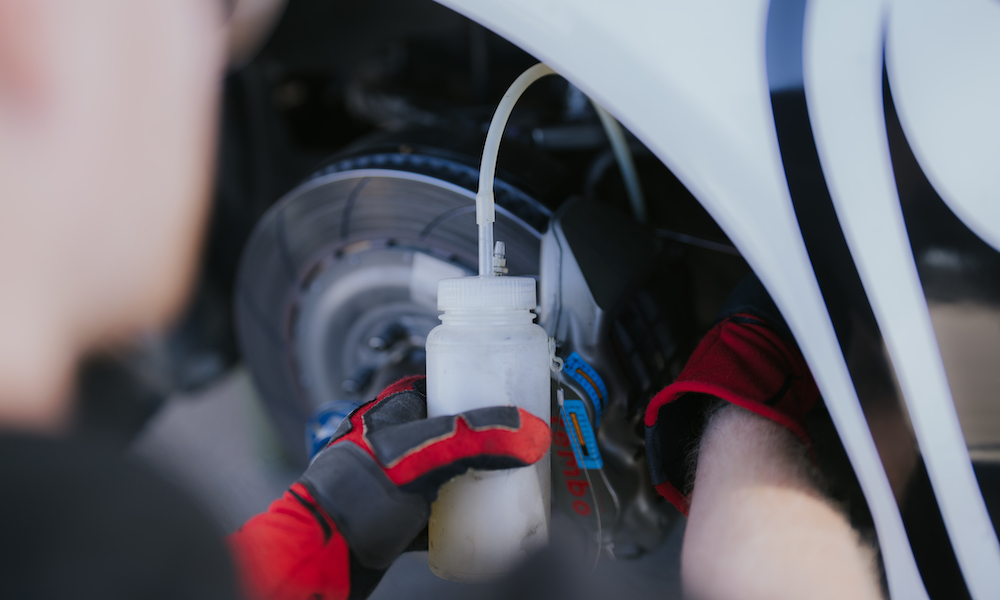Wiring is essential to taillight functionality because it provides the conduit for electrical current to get to the light bulbs. There are several issues that can arise from defective wiring in a taillight system, from faint lights to the taillights not working at all. The cables are in charge of joining the car’s electrical system which consists of the battery, fuses, and other lighting parts to the taillights.
Common Causes of Faulty Wiring
A number of things, such as corrosion, wear and tear, physical damage, or shoddy installation, can result in defective wiring in taillights. Road debris, heat, and moisture exposure can cause the wires to deteriorate over time. Driving causes constant vibration, which can lead to wires breaking, cracking, or loosening. The wires may also deteriorate due to corrosion brought on by exposure to moisture, such as rain, snow, or humidity, which will reduce their conductivity. Sometimes defective connections or exposed wires that are prone to short circuiting or interruption result from improperly placed wiring or damage sustained in an accident.
Symptoms of Faulty Wiring in Taillights
A malfunctioning taillight system might cause a number of symptoms. The taillights flickering or seeming dim is one of the most prevalent indicators. In certain instances, they could completely stop functioning, which might be the result of an electrical connection failure. Other indicators include the failure of similar parts that depend on the same wiring systems, like turn signals or brake lights. For drivers in Provo, UT needing Auto Repair in Provo, UT, make sure the connections are tight and inspect the wiring for damage if you observe any odd behaviour from your taillights, such as inconsistent lighting or non-illumination.
Repairing Faulty Wiring
Finding and fixing the damaged regions is usually the first step in fixing defective wiring in taillights. A qualified electrician or technician will examine the wiring for obvious corrosion, cuts, or wear. In certain situations, the wiring might need to be changed completely, particularly if there is significant damage or the wires have grown brittle. For small problems, the mechanic might just repair damaged wire segments, clean corroded contacts, or reattach loose connections. To guarantee that the car satisfies safety regulations and to restore correct taillight operation, damaged wiring must be replaced.
Preventing Future Wiring Problems
Frequent inspections and maintenance are essential to preventing wiring problems with taillights. It is possible to spot any early indications of wear or damage before they cause a malfunction by inspecting the wiring, connectors, and taillight components. Maintaining a clear and debris-free environment around the taillights can also aid in avoiding moisture accumulation, which hastens corrosion. Future problems can also be avoided by making sure the wiring is adequately insulated and shielded from the weather. Long-term dependability and safety are ensured by taking proactive measures to maintain the wiring in your taillight system.





